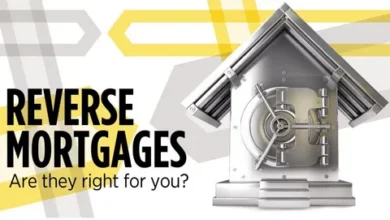
The Capital One 1.5% Cash Back Credit Cards offer two variations that are designed for different customer segments: one for those with established credit and another for those building credit. Here’s a comparison of the two to help you decide which is best for you.
Key Differences Between the Cards:
- Eligibility & Annual Fee:
- Card for Established Credit (let’s call it the Premier Card):
- No annual fee.
- Designed for customers with good to excellent credit.
- Card for Building Credit (let’s call it the Builder Card):
- Annual fee (annual_fees).
- Intended for customers working to improve their credit scores.
Winner: Premier Card (if you qualify) due to the no annual fee.
- Card for Established Credit (let’s call it the Premier Card):
- APR (Interest Rates):
- Premier Card offers a lower APR, which is beneficial for those who might carry a balance month-to-month.
- Builder Card typically comes with a higher APR since it’s aimed at customers with fair credit.
- Intro APR Offer:
- The Premier Card offers a 0% intro APR on purchases for intro_apr_duration, which can be an attractive perk for large purchases or balance transfers.
- The Builder Card doesn’t offer this intro APR feature.
Winner: Premier Card due to lower ongoing APR and the intro APR offer.
- Welcome Bonus:
- Premier Card offers a welcome bonus of bonus_miles_full (equivalent to 40% cash back on the first $500 in purchases), which can significantly increase your cash back earnings in the first few months.
- Builder Card does not have a welcome bonus.
Winner: Premier Card for its welcome bonus.
- Rewards:
- Both the Premier Card and Builder Card offer 1.5% cash back on all purchases with no cap.
- Both cards also offer 5% cash back on hotels and rental cars booked through Capital One Travel.
Winner: Tie, as both cards offer the same cash back structure and travel rewards.
- Foreign Transaction Fees:
- Capital One cards do not charge any foreign transaction fees, making them a great choice for international travelers.
Winner: Tie, as both cards have no foreign transaction fees.
- Extended Warranty Protection:
- Both cards offer extended warranty protection, which doubles the manufacturer’s warranty for eligible items purchased using the card, up to an additional 24 months.
Winner: Tie, as both cards have the same extended warranty benefit.
- Which Card Earns More:
- Premier Card has the welcome bonus, which makes it the winner in terms of first-year earnings.
- If you spend $2,000 per month, both cards will earn $360 in cash back annually, but with the welcome bonus, you can earn an additional $200 in the first year with the Premier Card, bringing your total to $560 in cash back.
Winner: Premier Card (due to the welcome bonus).

Who Should Choose Which Card?
- If You Qualify for the Premier Card:
- The Premier Card is the obvious choice. It offers no annual fee, a welcome bonus, lower APR, and the same cash back structure as the Builder Card.
- This card will provide you with higher first-year rewards and a better APR, making it a solid pick for those with good to excellent credit.
- If You Don’t Qualify for the Premier Card (Working on Building Credit):
- The Builder Card is a good choice if you’re building your credit and cannot qualify for the Premier Card.
- Despite the annual fee, it offers the same 1.5% cash back on all purchases and can help you build credit over time with responsible use. It’s a solid option to consider if you’re working on improving your credit score.
Bottom Line:
- Premier Card: Best for those with good to excellent credit. It has no annual fee, a welcome bonus, and lower APR, making it the best option if you qualify.
- Builder Card: Best for those with fair credit or those working on building credit. It comes with an annual fee but offers the same rewards and helps you build or improve your credit score.
If you’re eligible for the Premier Card, it’s the clear winner due to the welcome bonus, no annual fee, and lower APR. If you’re still building your credit, the Builder Card can still be a great choice to start earning cash back while improving your financial standing.



